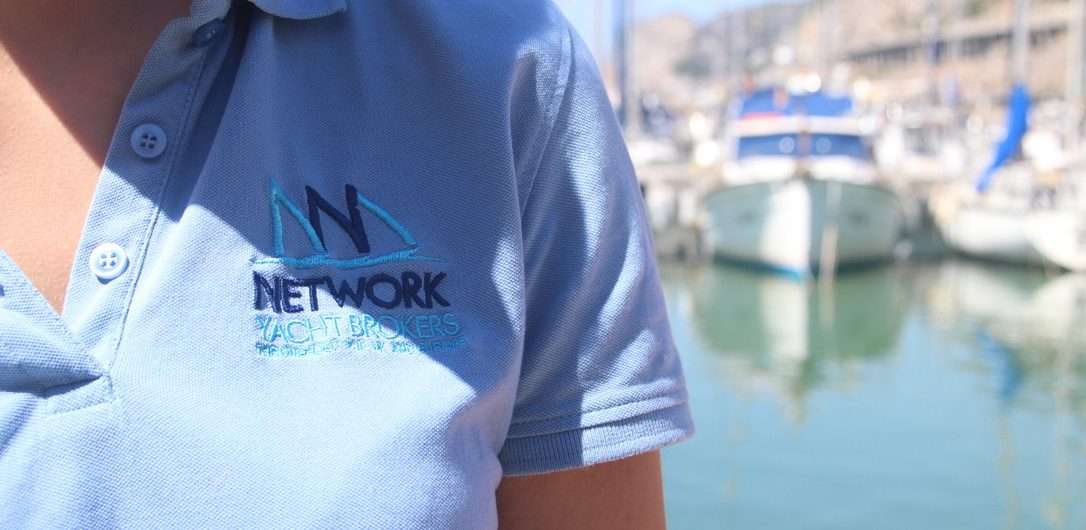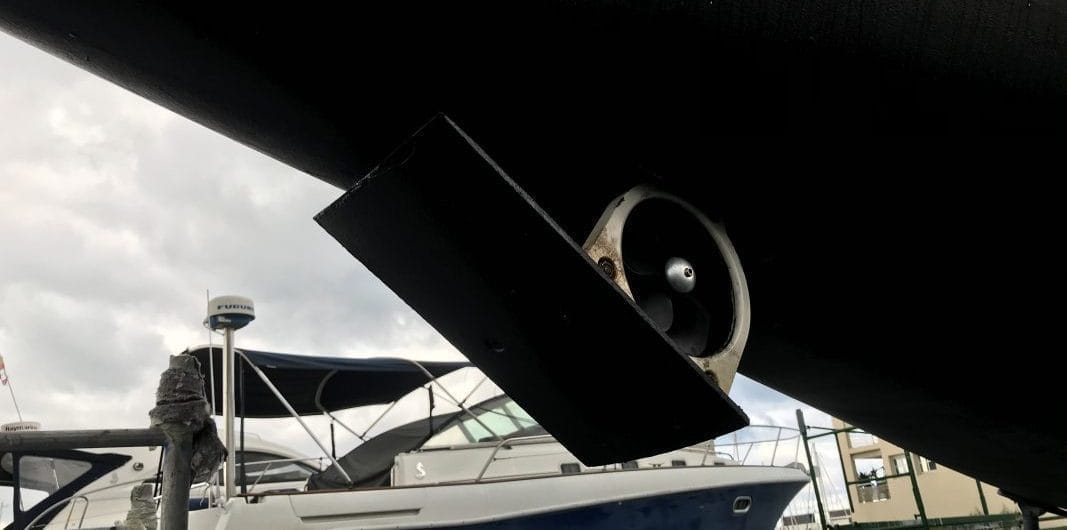 Corredors de iots
Corredors de iots
What you need to know before you buy a…
Expensive Extras that are worth paying for
My top ten list of optional extras will add value to a yacht on the used market; here are tips you need to know before you buy a yacht. Some upgrades are expensive but not generally considered essential to a used yacht buyer. See my post before buying a yacht three for expensive factory-fit extras with little value in the used yacht market.
Solar Panels
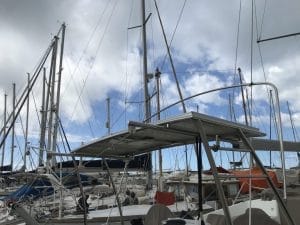
As solar and electronic boating equipment becomes more efficient, enhancing the sun’s power when at sea enables more freedom. Sailors love freedom, so solar panels are undoubtedly close to the top of my list of things that enhance the value of a used yacht.
Bow Thruster
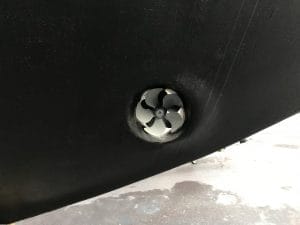
Acquiring manoeuvering skills for a good size yacht, especially around a tiny harbour or marina, takes time. Even a well-practised skipper is glad of a button to press in a time of need. The reality is that unless you move boats regularly, even professional skippers can have difficulties.
Autopilot
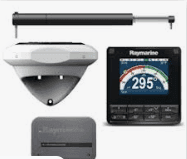 A modern-quality autopilot is worth its weight in gold (as they say). If you are sailing short-handed, then it is almost essential on a reasonable-size fin keel yacht. I can argue an exception if you sail a long-keel yacht. It is possible to set sails, add a little weather helm and keep on trucking(as they say). Locking the helm will require navigational input over time, but it’s great fun!
A modern-quality autopilot is worth its weight in gold (as they say). If you are sailing short-handed, then it is almost essential on a reasonable-size fin keel yacht. I can argue an exception if you sail a long-keel yacht. It is possible to set sails, add a little weather helm and keep on trucking(as they say). Locking the helm will require navigational input over time, but it’s great fun!
Chart Plotter Combined Radar
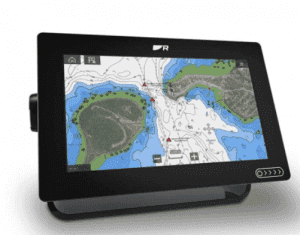
Once upon a time, as plotters became more graphic, skippers would have two plotters, one at the nav table and one on deck. The reality is that little from most leisure sailing is spent below in the chart table. Plotters have become more prominent, brighter and weather resistant, so using them as a glorified sat-nav makes sense. When approaching an unfamiliar harbour, it is very reassuring to glance at the plotter and see your position from a different perspective. Unfortunately, navigation equipment is updated so fast that I would only buy a plotter catered to my needs. I would not spend additional money buying anything electronic because I thought it would enhance the value of my yacht. Next season, a new owner will want to update the latest gadgets.
Electric Winch
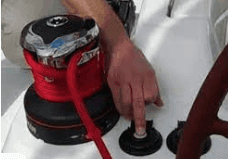
One electric winch on the coachroof is enough for most people. It will save you lots of work grinding up or pulling both the main. You can also use it to hoist a buddy, rig up a pully, and recover a dingy or person. One can find all manner of uses for an electric winch on the coach roof. I do not see a need for an electric winch on any yacht smaller than 13 metres.
Folding Propellor
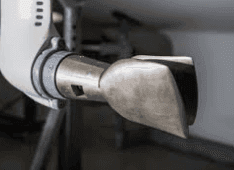 I selected reverse when sailing for years to save wear and tear on my yacht gearbox. They said that the components inside the gearbox are fixed and wearing (sounds reasonable) because the prop stops spinning. They also say that a fixed propellor creates less drag than a free-spinning prop (no idea about that). Then I met some people who sailed the Atlantic having to replace a gearbox on a reasonably modern yacht. Selecting reverse to lock the propellor over long periods puts a strain on the gearbox clutch that can cause It to wear out (wow, I never knew that). The solution, if you are concerned, is a folding propellor. It’s a lovely thing to have, and a buyer for your yacht will be happy you invested money in one.
I selected reverse when sailing for years to save wear and tear on my yacht gearbox. They said that the components inside the gearbox are fixed and wearing (sounds reasonable) because the prop stops spinning. They also say that a fixed propellor creates less drag than a free-spinning prop (no idea about that). Then I met some people who sailed the Atlantic having to replace a gearbox on a reasonably modern yacht. Selecting reverse to lock the propellor over long periods puts a strain on the gearbox clutch that can cause It to wear out (wow, I never knew that). The solution, if you are concerned, is a folding propellor. It’s a lovely thing to have, and a buyer for your yacht will be happy you invested money in one.
Fresh Water-cooled Engine
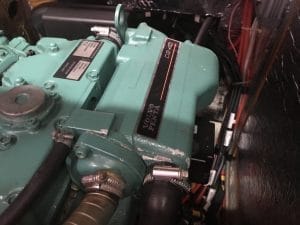
This one is worth another post. If I had a choice, I would pay a little more for a new water-cooled engine. Link to a post on the subject to follow
Boat Heating
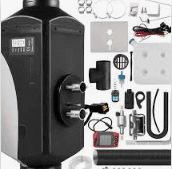
Boats in northern climates can be damp smelly places. A boat heater will not only keep you toasty warm in the evenings. It will drive out dampness and protect your investment.
Air Conditioning
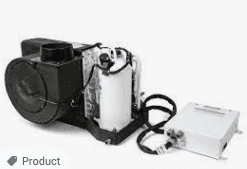 Perhaps the Dyson fan will work well in smaller boats, but Air conditioning with a reverse cycle heat setting will transform the pleasure of sailing when you can hook up to shore supply. Lots of Mediterranean Marinas do not charge for electricity. They see it as part of a package deal. So from the moment you arrive until you depart, you can keep the yacht chilled to a perfect temperature if you are in a marina. Just like heating, Air conditioning will transform your boating experience.
Perhaps the Dyson fan will work well in smaller boats, but Air conditioning with a reverse cycle heat setting will transform the pleasure of sailing when you can hook up to shore supply. Lots of Mediterranean Marinas do not charge for electricity. They see it as part of a package deal. So from the moment you arrive until you depart, you can keep the yacht chilled to a perfect temperature if you are in a marina. Just like heating, Air conditioning will transform your boating experience.
Factory Fitted Generator
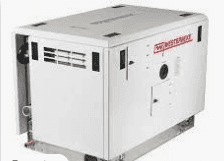 Before you buy a yacht, you must know that ff you plan to spend a lot of time at anchor and are spicing up a new 15-metre-plus yacht, then a factory fit generator might be on your list of extras. It only made my list because I wanted to comment on the difference between fitting a low-cost aftersales unit and a proper factory-integrated unit. A Lot of research is needed if you are going down the generator installation route. In my experience, few companies can save money on a factory-installed unit.
Before you buy a yacht, you must know that ff you plan to spend a lot of time at anchor and are spicing up a new 15-metre-plus yacht, then a factory fit generator might be on your list of extras. It only made my list because I wanted to comment on the difference between fitting a low-cost aftersales unit and a proper factory-integrated unit. A Lot of research is needed if you are going down the generator installation route. In my experience, few companies can save money on a factory-installed unit.

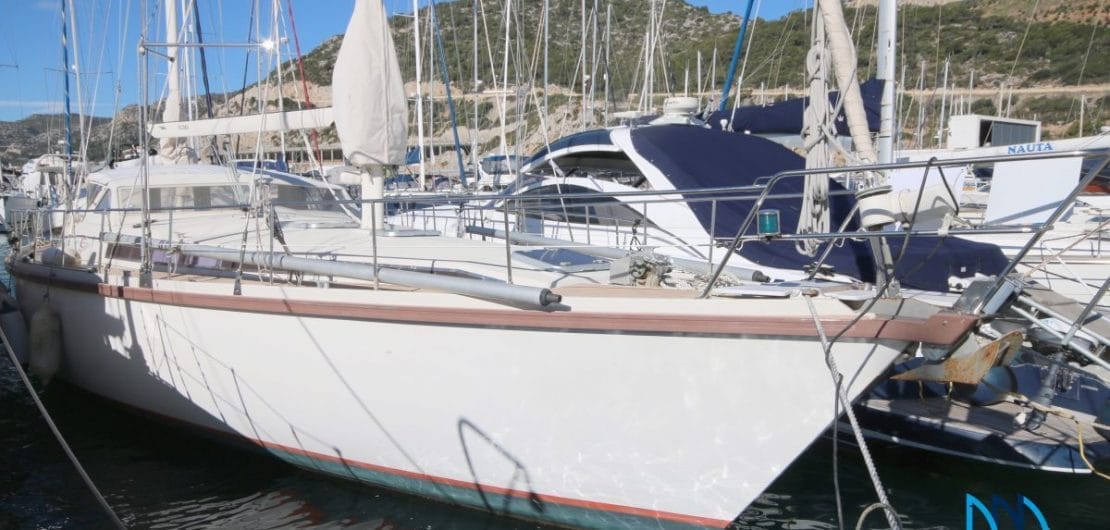
 Clients often ask me about how quickly a yacht might take to sell. This is a very sensible question but rather complex to answer. However, I can first answer by comparing yachts against powerboats.
Clients often ask me about how quickly a yacht might take to sell. This is a very sensible question but rather complex to answer. However, I can first answer by comparing yachts against powerboats. Let me explain the thinking behind the statement above. For example, let’s take the Hamble in the UK. This is a place where buyers can find every type of boat. However, if I was interested in buying a racing yacht, the Hamble in England might be a good starting point to investigate racing yachts. The Hamble is the centre of the UK Marine industry and where many companies support sailing as a sport. On the other hand, if I was looking to purchase a superyacht, I might contact Yach Brokers along the southern French coast in or around Monaco.
Let me explain the thinking behind the statement above. For example, let’s take the Hamble in the UK. This is a place where buyers can find every type of boat. However, if I was interested in buying a racing yacht, the Hamble in England might be a good starting point to investigate racing yachts. The Hamble is the centre of the UK Marine industry and where many companies support sailing as a sport. On the other hand, if I was looking to purchase a superyacht, I might contact Yach Brokers along the southern French coast in or around Monaco. We hadn’t been open for business long in Spain when an enquiry came in from North America. I was fascinated by a young Canadian couple’s mindset. They inquired about a 15-metre sailing yacht we had just put for sale on brokerage in Barcelona. They planned to fly to Barcelona (they said it looked like an easy place to get to with lots of boats). They would buy a one-way ticket and sail the yacht back to Canada after first learning to sail in the Mediterranean, where sailing was easy. Wow, the logic was astonishing. Look at the Globe and the Mediterainina was nothing more than a big lake. Plenty of places to visit. Perhaps they would spend a summer in Europe before crossing the ocean. Put that way, It sounds fantastic!
We hadn’t been open for business long in Spain when an enquiry came in from North America. I was fascinated by a young Canadian couple’s mindset. They inquired about a 15-metre sailing yacht we had just put for sale on brokerage in Barcelona. They planned to fly to Barcelona (they said it looked like an easy place to get to with lots of boats). They would buy a one-way ticket and sail the yacht back to Canada after first learning to sail in the Mediterranean, where sailing was easy. Wow, the logic was astonishing. Look at the Globe and the Mediterainina was nothing more than a big lake. Plenty of places to visit. Perhaps they would spend a summer in Europe before crossing the ocean. Put that way, It sounds fantastic!
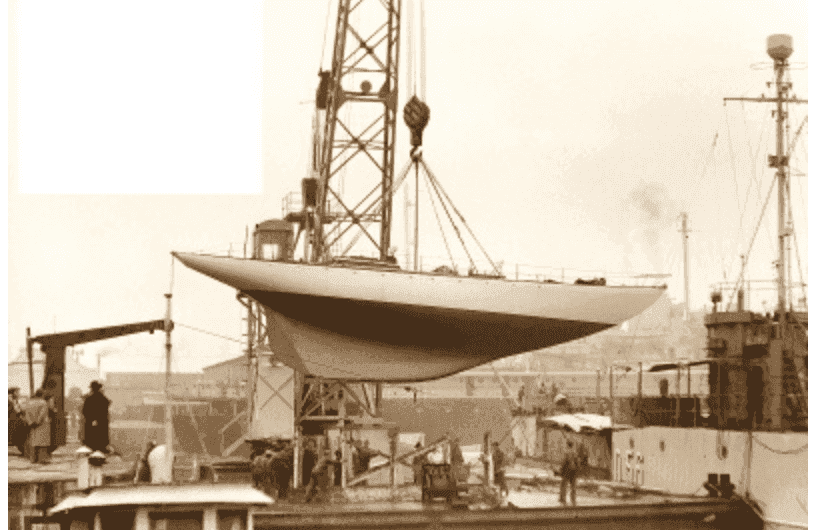
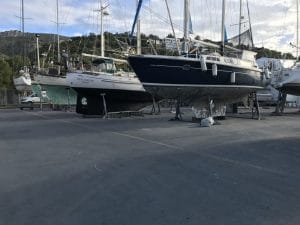
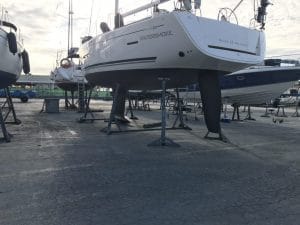
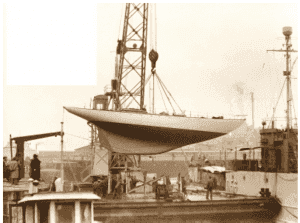
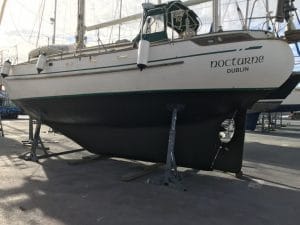
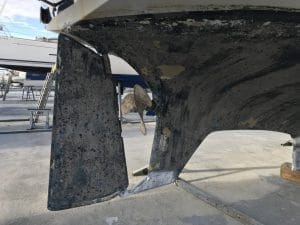
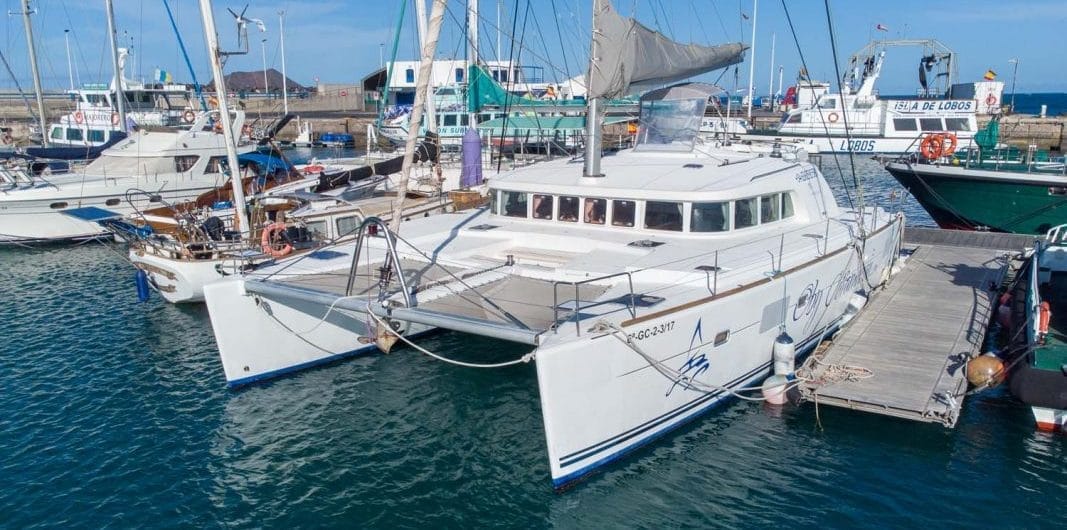
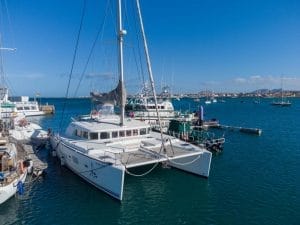 We have a beautiful
We have a beautiful 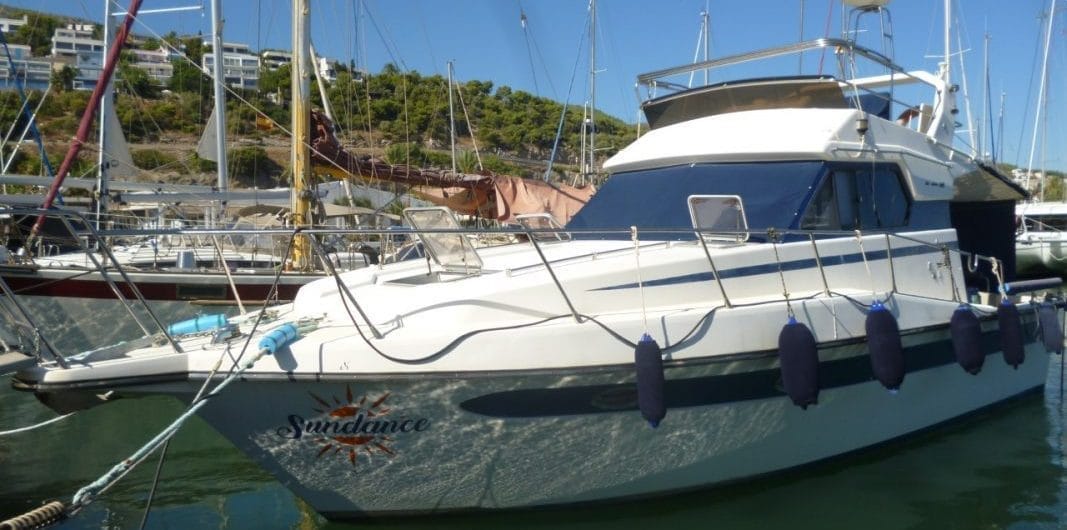
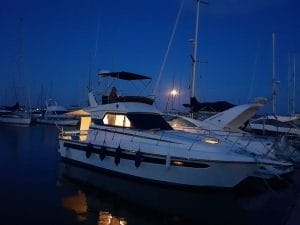 for a place in the sun. Great for weekends out in the bay or exploring the coast. Made by Doqueve, a respected Spanish boat builder, the yacht has been in Spain since purchased new. All the papers are correct, with VAT documents as required. The current owner bought the yacht in December 2019 and has gone out sailing only once since then. She has been used as an apartment in the Mediterainina for the rest of the time. The engine was last serviced in October 2019—antifouling and hull check in May 2021. The owner is selling because he wants to buy a bigger boat. Available for viewings in Port Ginesta.
for a place in the sun. Great for weekends out in the bay or exploring the coast. Made by Doqueve, a respected Spanish boat builder, the yacht has been in Spain since purchased new. All the papers are correct, with VAT documents as required. The current owner bought the yacht in December 2019 and has gone out sailing only once since then. She has been used as an apartment in the Mediterainina for the rest of the time. The engine was last serviced in October 2019—antifouling and hull check in May 2021. The owner is selling because he wants to buy a bigger boat. Available for viewings in Port Ginesta.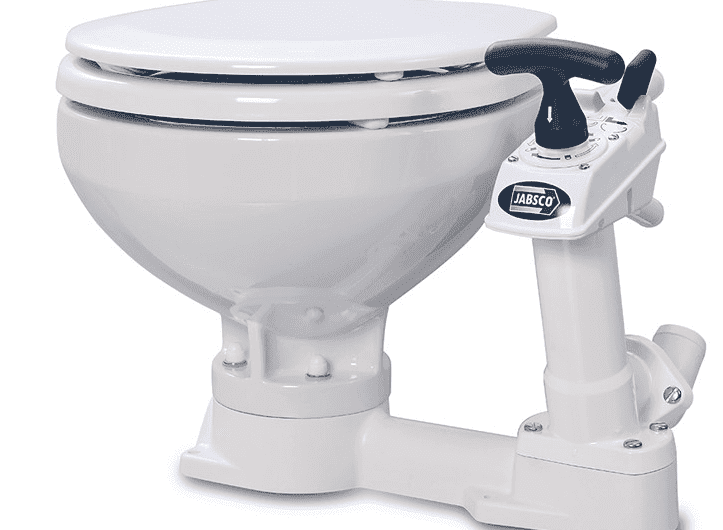
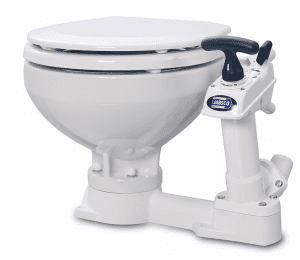
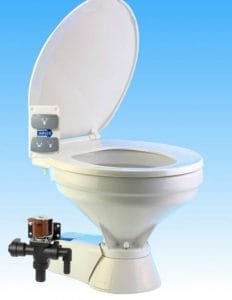
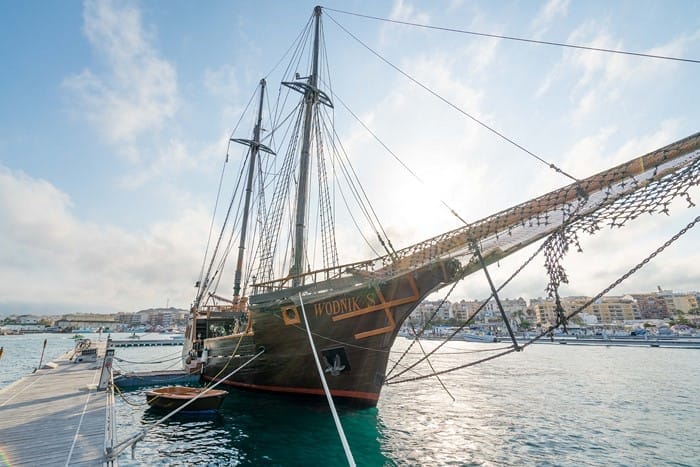
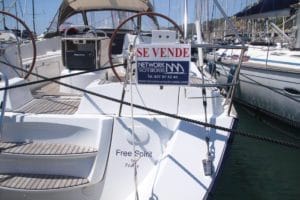
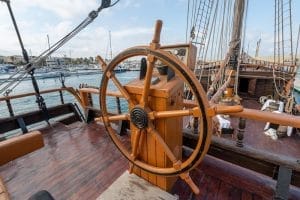 brokerage. Generally, yacht values have increased during the last six months. This is not the case for vessels that have not been maintained. Buyers want to see service history more than anything, so if you’re asking for the top-price boat, please ensure maintenance is up to date, and then you stand a good chance of selling.
brokerage. Generally, yacht values have increased during the last six months. This is not the case for vessels that have not been maintained. Buyers want to see service history more than anything, so if you’re asking for the top-price boat, please ensure maintenance is up to date, and then you stand a good chance of selling.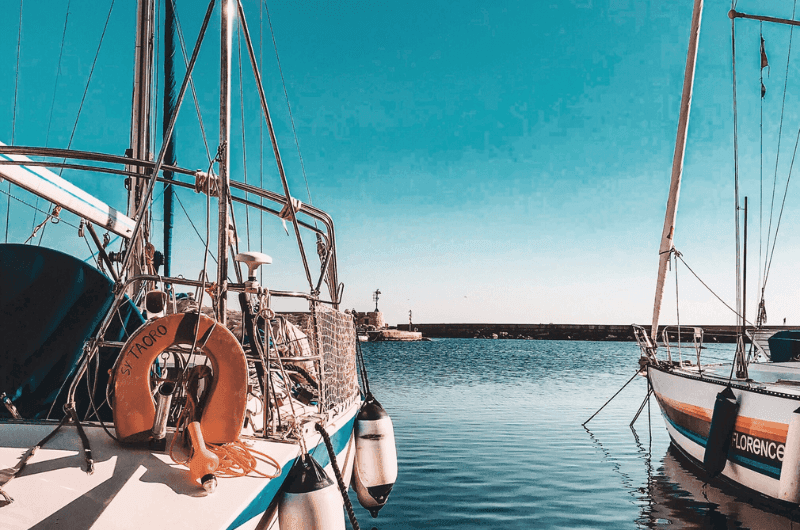
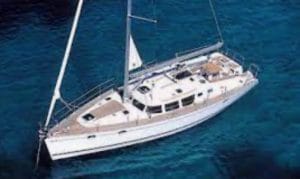 Many years ago, we took a beautiful Jeanneau 43 DS Yacht in exchange for a new Jeanneau 47 Ds. The 43 was in Palma Majorca, Spain. Part of the deal being we collected the PX and shipped it back to the base in North Wales. The deal was done, so we flew to Mallorca to collect the yacht. We sailed her back to Northern Spain, where she was collected by truck and delivered to the UK.
Many years ago, we took a beautiful Jeanneau 43 DS Yacht in exchange for a new Jeanneau 47 Ds. The 43 was in Palma Majorca, Spain. Part of the deal being we collected the PX and shipped it back to the base in North Wales. The deal was done, so we flew to Mallorca to collect the yacht. We sailed her back to Northern Spain, where she was collected by truck and delivered to the UK.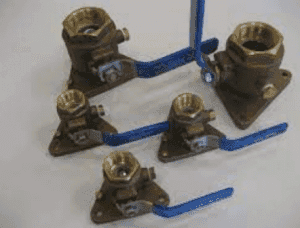 the fault more quickly was leaving the marina. It was impossible not to motor against a strong incoming tide until fifteen minutes after leaving the berth. One might motor for half an hour on a bad day until sufficient water was under the keel, allowing the engine to be extinguished. My point is the engine was always running, so it was difficult to isolate the problem. The strange thing was that when the yacht sat for extended periods, the bilge stayed bone dry.
the fault more quickly was leaving the marina. It was impossible not to motor against a strong incoming tide until fifteen minutes after leaving the berth. One might motor for half an hour on a bad day until sufficient water was under the keel, allowing the engine to be extinguished. My point is the engine was always running, so it was difficult to isolate the problem. The strange thing was that when the yacht sat for extended periods, the bilge stayed bone dry.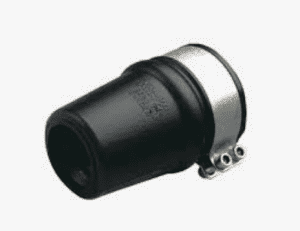 little, but I had to find the cause. Another conversation with the old owner confirmed my suspicions that this problem had been around since the yacht was built. I had paperwork evidence that the flexy exhaust system had been changed under warranty. This had not resolved the issue.
little, but I had to find the cause. Another conversation with the old owner confirmed my suspicions that this problem had been around since the yacht was built. I had paperwork evidence that the flexy exhaust system had been changed under warranty. This had not resolved the issue.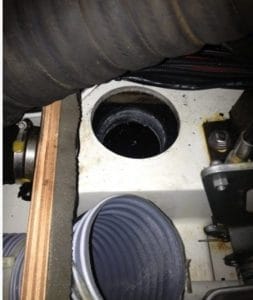 silencer is not visible without removing even more floor sections, and what a job that was! Not convinced it was leaking, eventually, we decided to remove it to examine the underside of the engine. It’s not an easy job to get it out, but finally, out she came. Absolutely nothing to see!
silencer is not visible without removing even more floor sections, and what a job that was! Not convinced it was leaking, eventually, we decided to remove it to examine the underside of the engine. It’s not an easy job to get it out, but finally, out she came. Absolutely nothing to see!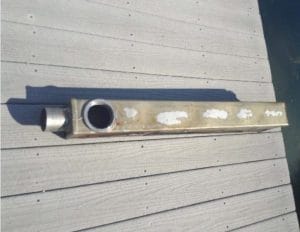 Now we get to the point of telling you this story. As it happens, the mystery was not confined to our yacht. I helped another dealer who was having a nightmare with a client. The same sort of problem, a tiny leak, but not when the yacht sat idle, so it was tough to diagnose the problem.
Now we get to the point of telling you this story. As it happens, the mystery was not confined to our yacht. I helped another dealer who was having a nightmare with a client. The same sort of problem, a tiny leak, but not when the yacht sat idle, so it was tough to diagnose the problem.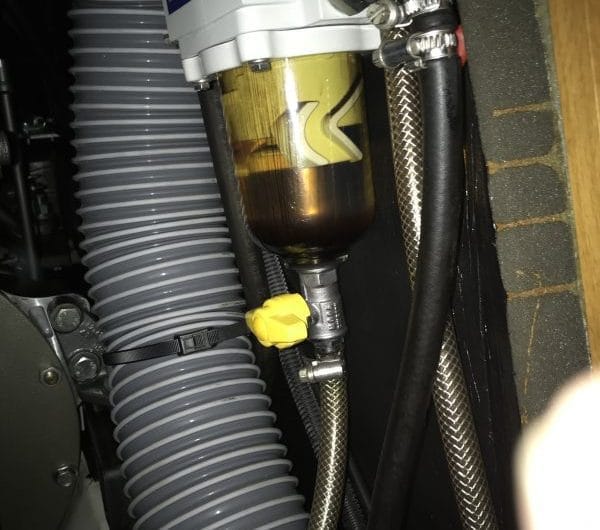
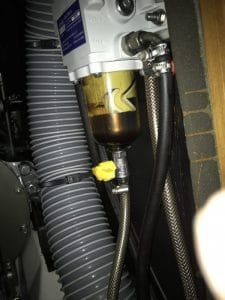 market; it takes little research to find a good one. Diesel bug treatment is not a long-term fix, so you must know if the problem reoccurs. My suggestion will warn you about diesel bug infection and save you the inconvenience of sampling fuel during your daily engine checks for water contamination, the other major cause of boating breakdowns.
market; it takes little research to find a good one. Diesel bug treatment is not a long-term fix, so you must know if the problem reoccurs. My suggestion will warn you about diesel bug infection and save you the inconvenience of sampling fuel during your daily engine checks for water contamination, the other major cause of boating breakdowns.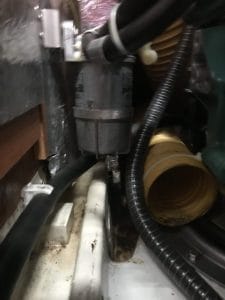 If you are happy to sample a small amount of fuel from a canister-type filter, that’s your choice, but remember, every time you open the fuel system to drain down a sample, you will potentially allow air into the fuel system (and that’s not good). The other big no-no about taking a sample is Diesel stinks; it’s like fixing your bike in your home’s kitchen. To see half a litre of fuel without disturbing it or contaminating the results within a glass bowl is so simple. This is the fastest way to ensure you have no worries about the fuel supply on your boat. A glass bowl water trap can also be the first item to look at if your engine starts to stutter. If you get water in the fuel, it will show up in seconds.
If you are happy to sample a small amount of fuel from a canister-type filter, that’s your choice, but remember, every time you open the fuel system to drain down a sample, you will potentially allow air into the fuel system (and that’s not good). The other big no-no about taking a sample is Diesel stinks; it’s like fixing your bike in your home’s kitchen. To see half a litre of fuel without disturbing it or contaminating the results within a glass bowl is so simple. This is the fastest way to ensure you have no worries about the fuel supply on your boat. A glass bowl water trap can also be the first item to look at if your engine starts to stutter. If you get water in the fuel, it will show up in seconds.